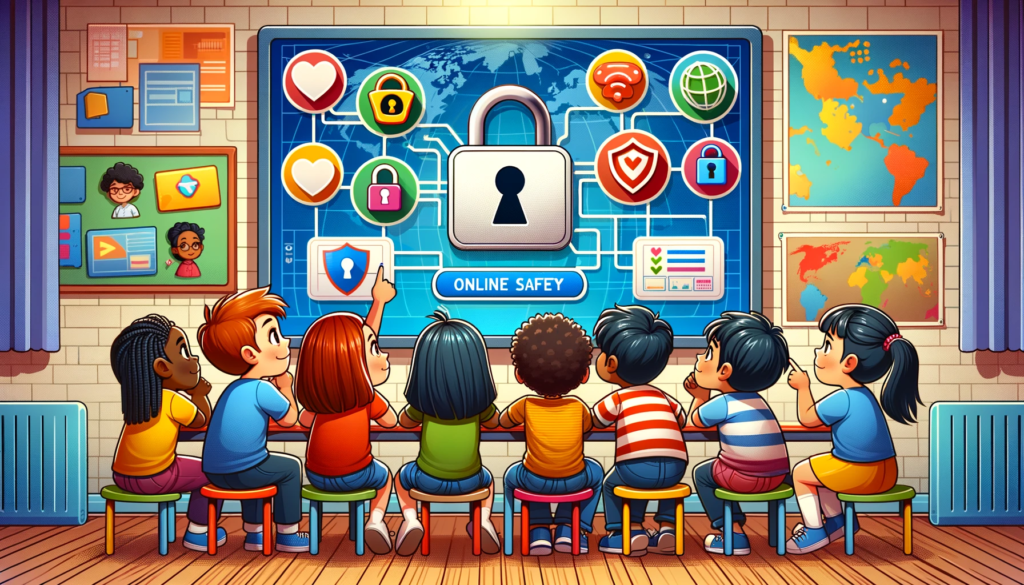
Teaching children about online safety is a crucial aspect of modern parenting. With almost every American child having internet access and spending significant time online, both for leisure and education, the digital world has become a vital part of their lives. However, this increased online presence exposes children to various risks such as invasions of privacy, cyberbullying, sexting, harassment, and encounters with inappropriate content. To mitigate these risks, a multifaceted approach is necessary, tailored to children’s age and understanding.
Key Strategies for Teaching Online Safety
1. Keeping Personal Information Private
- Teach kids not to share personal information like phone numbers, addresses, and credit card details online. This helps prevent potential misuse of this information by criminals.
2. Understanding the Risks
- Parents need to be informed about online risks themselves to guide their children effectively. This includes staying up-to-date with technologies, apps, and social media trends.
3. Relatable Lessons
- Make lessons about online safety relatable to children. For example, explain phishing by comparing it to stranger danger, emphasizing the importance of not interacting with online strangers or clicking on suspicious links.
4. Explaining the Consequences
- Emphasize the stakes involved in online activities. Illustrate how clicking on malicious links can infect devices with viruses, affecting their functionality and potentially leading to data loss.
5. Utilizing Passphrases
- Encourage the use of complex, memorable passphrases for account security. Teach children to create passphrases related to their interests, making them easier to remember and harder to crack.
6. Age-Appropriate Guidance
- Tailor online safety education to different age groups. For example, younger children (0-5 years) need more basic guidelines compared to teenagers (14+ years), who require more sophisticated advice.
7. Parental Controls and Safe Search Settings
- Use parental controls on home broadband and internet-enabled devices. Enable safe search settings on popular websites to limit exposure to inappropriate content.
8. Family Contracts and Screen Time Management
- Establish a family contract setting clear expectations for the use of sites and apps. Encourage leaving devices outside the bedroom at night and incorporating regular screen-free times to balance online and offline activities.
9. Open Dialogue
- Maintain an open conversation with children about their online activities and experiences. This approach not only promotes safety but also fosters trust, making it more likely for children to approach parents with online concerns.
10. Monitoring and Trust
- Parents should monitor their children’s online activities while also respecting their growing independence, especially for preteens (11-13 years) who are becoming more confident and varied in their internet use.
In conclusion, teaching kids about online safety involves a combination of education, practical measures like parental controls, and fostering an environment of trust and open communication. By staying informed and engaged, parents can significantly enhance their children’s ability to navigate the digital world safely and responsibly.